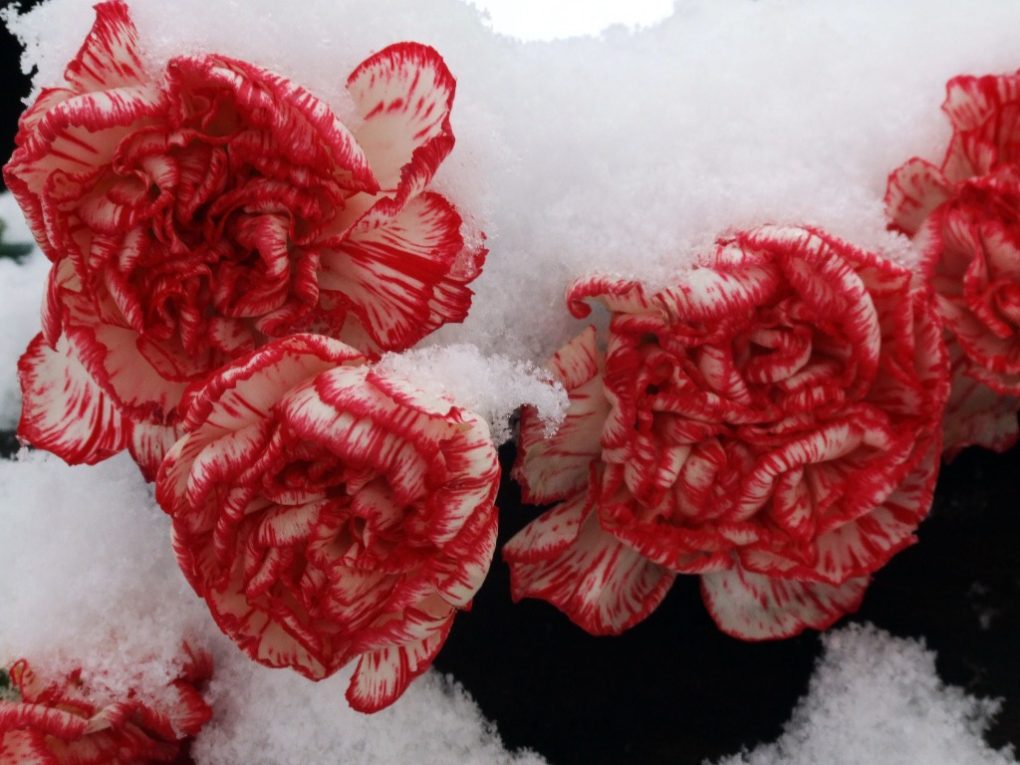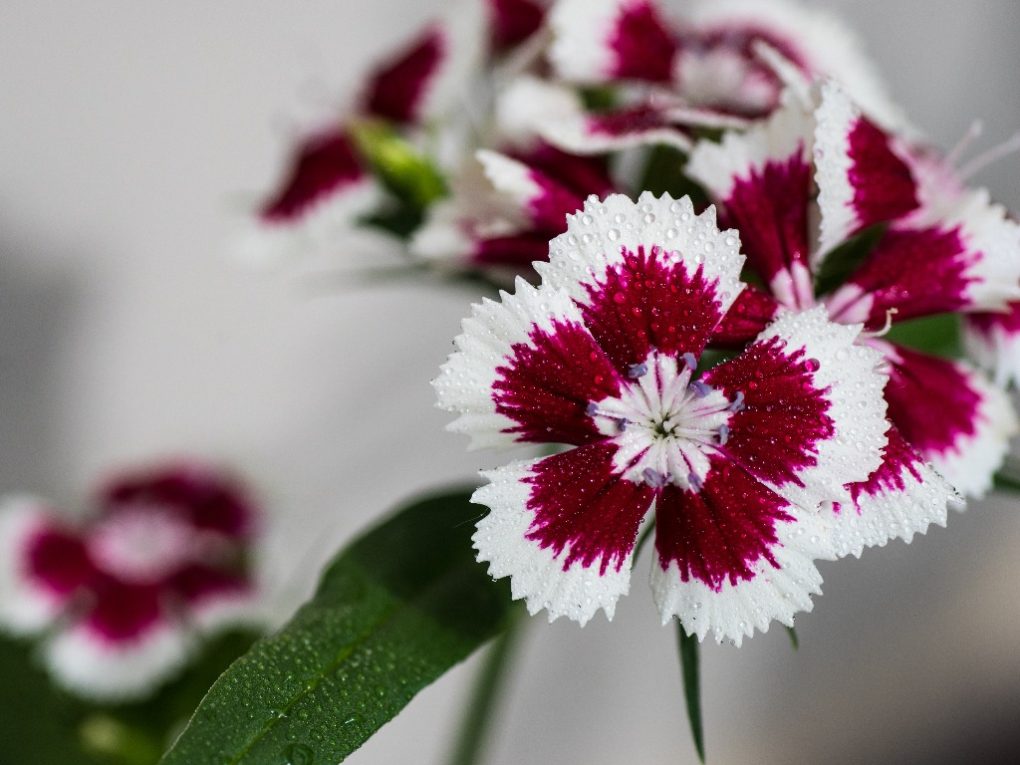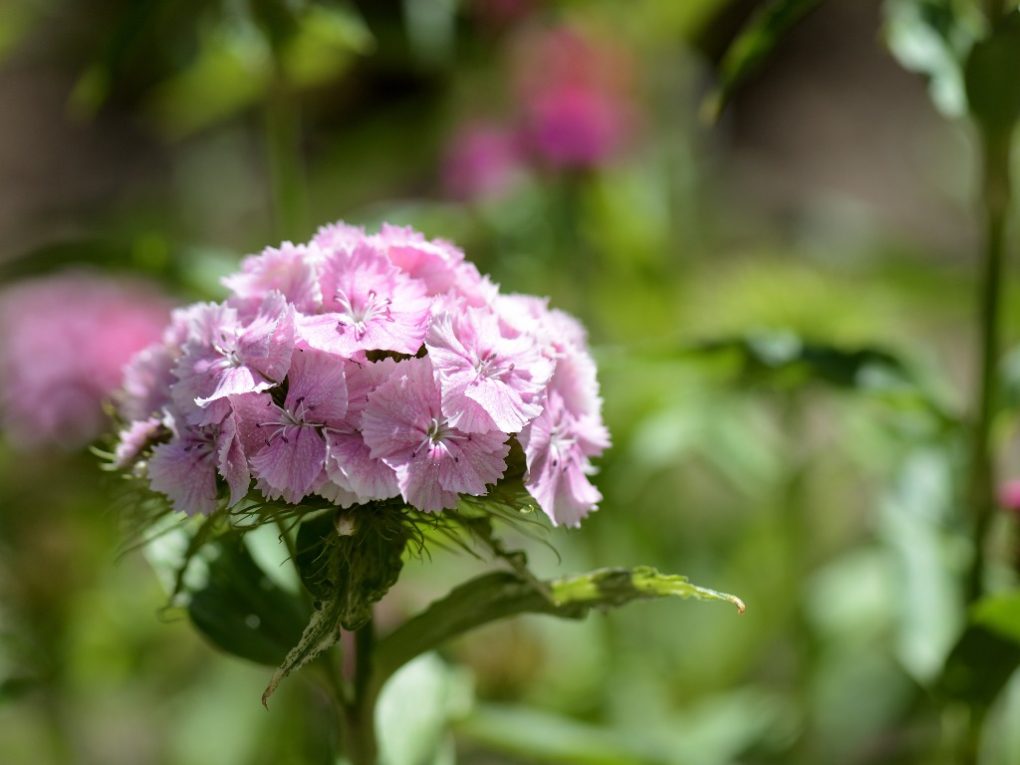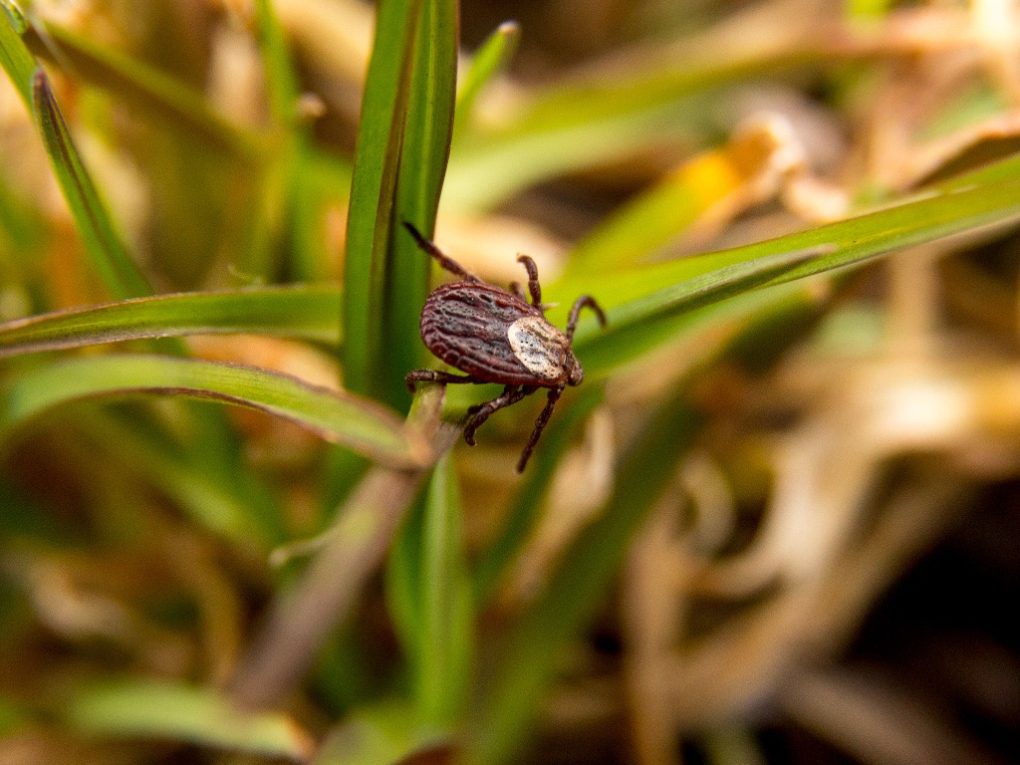Are Carnations Cold Hardy: All About Hardiness of Carnation
Yes, carnations are cold and hardy. They are typically considered hardy in USDA Hardiness Zones 7-10, which means they can tolerate cold temperatures down to -10 to 0 degrees Fahrenheit (-23 to -18 degrees Celsius). However, some varieties may be more cold-tolerant than others, so it’s always a good idea to check the specific needs of the cultivar you’re interested in planting.

Table of Contents
Types of Cold Hardy Carnations
There are wide varieties of carnations that are considered cold-hardy. Some of the most popular include:
- Dianthus barbatus: Also known as Sweet William, this variety is among the most popular and cold-hardy carnations.
- Desmond carnations: These can be grown in USDA hardiness zones four through eight.
- Hardy Mixed Carnations: These thrive in zones three to nine.
- Chabaud Giants: This carnation variety is known for its large, double flowers and ability to tolerate colder temperatures. It can be grown annually or biennially and is hardy to USDA zones 7-10.
- Grenadin: This dwarf variety of carnation is known for its prolific blooming and ability to tolerate cooler temperatures. It can be grown as a perennial in USDA zones 6-9.
- Crimson Pygmy: This carnation cultivar is prized for its vibrant red flowers and hardiness in cooler climates. It can be grown as a perennial in USDA zones 5-9.
- Snowdrift: This white-flowered variety of carnations is known for its cold hardiness and ability to bloom throughout summer. It can be grown as a perennial in USDA zones 5-9.
- Vienna Mischung: This mixed-color variety of carnation is hardy to USDA zones 6-9 and is known for its tolerance to colder temperatures and long-lasting blooms.

Factors Affecting Carnation Hardiness
Climate
Carnations are generally considered hardy plants, but their tolerance to cold temperatures varies depending on the climate. Carnations are hardy in USDA zones 7 to 10, and some varieties can withstand temperatures as low as -25°F. However, extreme cold temperatures can damage the plant’s growth and reduce its overall hardiness. Therefore, choosing a variety suited to the climate in which it will be grown is important.
Soil
Carnations prefer well-drained soil that is slightly alkaline with a pH of 6.5 to 7.5. Too acidic or alkaline soil can affect the plant’s ability to absorb nutrients and water, leading to poor growth and reduced hardiness. Adding organic matter to the soil can help improve its structure and fertility, benefiting the plant’s overall health and hardiness.
Water
Carnations require regular watering to maintain their hardiness and overall health. However, overwatering is not good for carnation, according to HGTV. It can lead to root rot and other fungal diseases, reducing the plant’s hardiness and causing it to die. Therefore, watering the plant deeply and infrequently is important, allowing the soil to dry out slightly between watering.
Sunlight
Carnations require full sunlight to thrive and maintain their hardiness. Insufficient sunlight can lead to poor growth, reduced hardiness, and increased susceptibility to pests and diseases. Planting the carnations in a location that receives at least 6 hours of sunlight daily is important.

In general, the amount of sunlight that carnations need will depend on the specific variety of carnations and the climate in which they are grown. It is important to note that inadequate sunlight can result in weak growth, fewer blooms, and increased susceptibility to pests and diseases. Therefore, planting carnations in a location that receives plenty of sunlight throughout the day is recommended.
Cultivar
A cultivar (short for cultivated variety) is a plant variety intentionally bred or selected by humans for specific desirable traits such as color, size, shape, disease resistance, or flavor.
Different breeding methods, such as traditional plant breeding or genetic engineering, can produce cultivars. They are often given unique names and are propagated through cloning, cuttings, or other vegetative means to maintain their desired characteristics.
In the case of carnations, many different cultivars are available with different flower colors, sizes, and shapes, as well as varying levels of disease resistance and cold hardiness. Some popular carnation cultivars I’ve seen include the ‘Grenadin series with double flowers in shades of pink, red, and white; the ‘Chabaud series with fragrant double flowers in pastel colors; and the ‘Super Trouper series with large, long-lasting flowers in bold colors.
Pests and Diseases
Carnations are susceptible to a wide range of pests and diseases, which can reduce their hardiness and overall health. Common pests include aphids, spider mites, and thrips, while common diseases include powdery mildew, botrytis, and root rot. Therefore, monitoring the plant regularly for signs of pests and diseases and taking appropriate action to prevent or control them is important.

- Aphids: These small insects feed on the sap of the carnation plant, causing the leaves to curl and turn yellow.
- Thrips: These tiny, slender insects can cause discoloration and deformities on the carnation flowers.
- Spider mites: These pests are common in hot, dry conditions and can cause yellow stippling on the carnation leaves.
- Botrytis blight: This fungal disease can cause a gray mold to develop on the leaves and flowers of the carnation and can eventually cause the plant to wilt and die.
- Fusarium wilt: This fungal disease causes the carnation to wilt and die and is often spread through contaminated soil.
- Root rot: This disease is caused by over-watering and poor drainage and can cause the roots of the carnation to rot, leading to stunted growth and eventual death.
